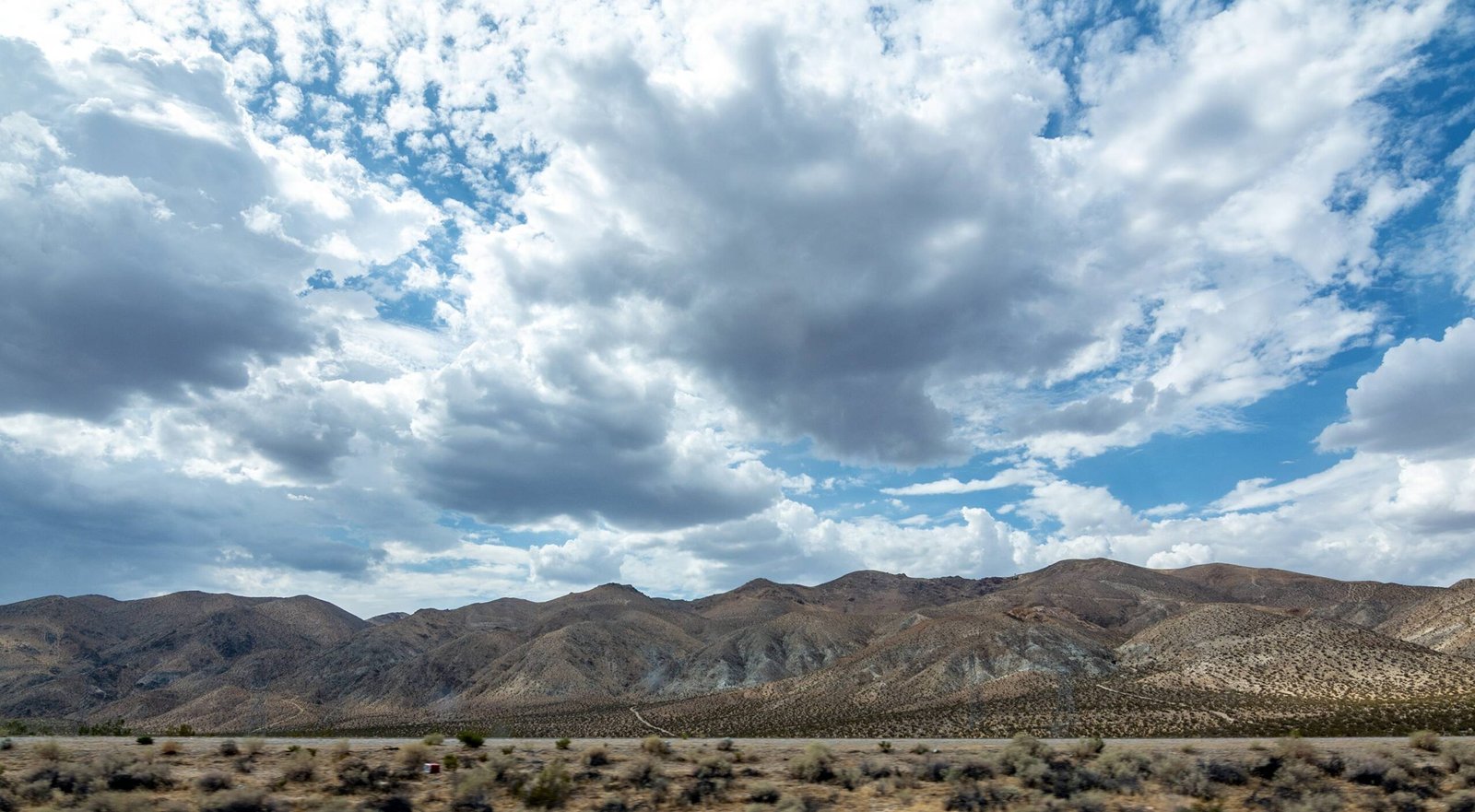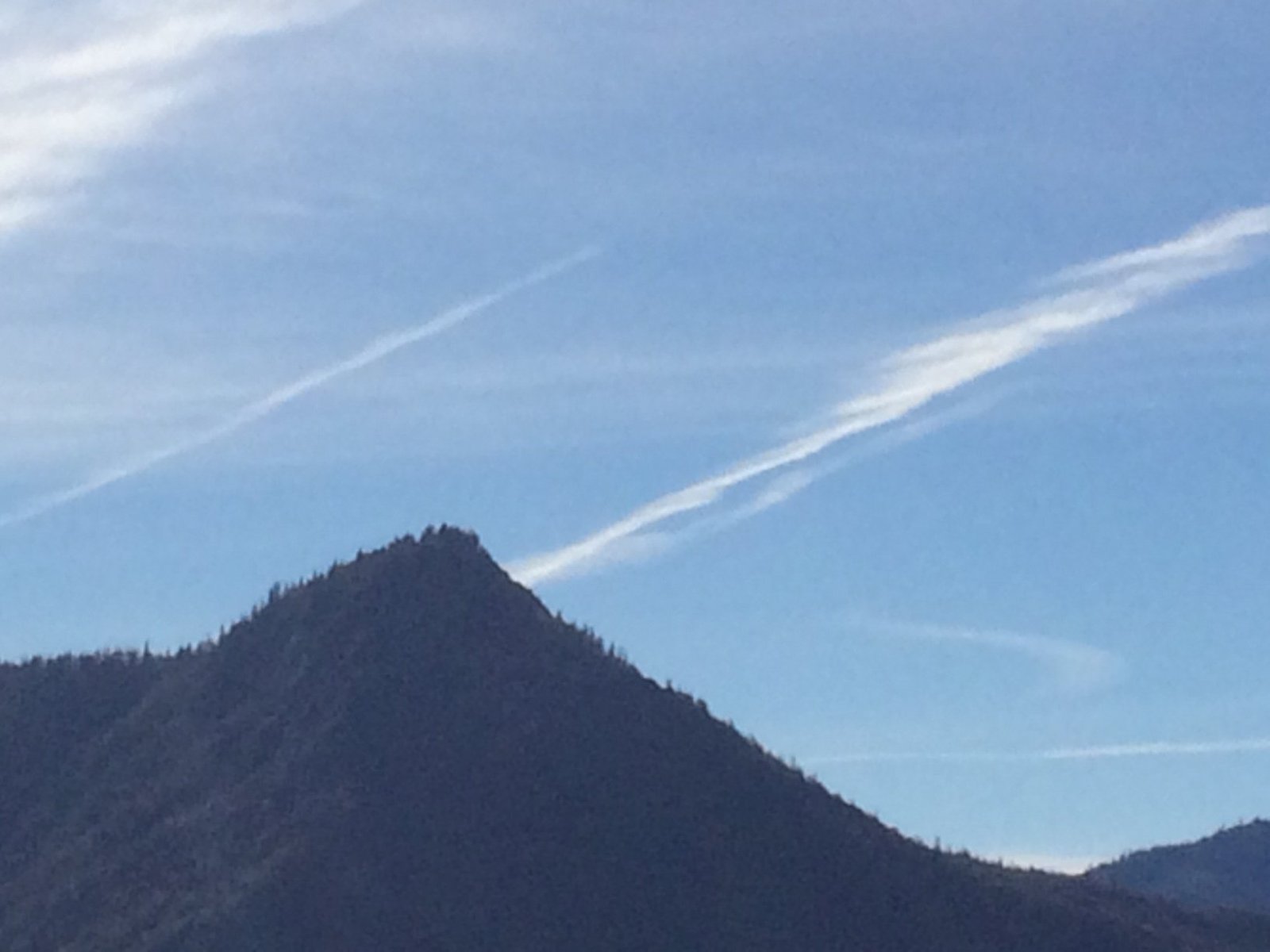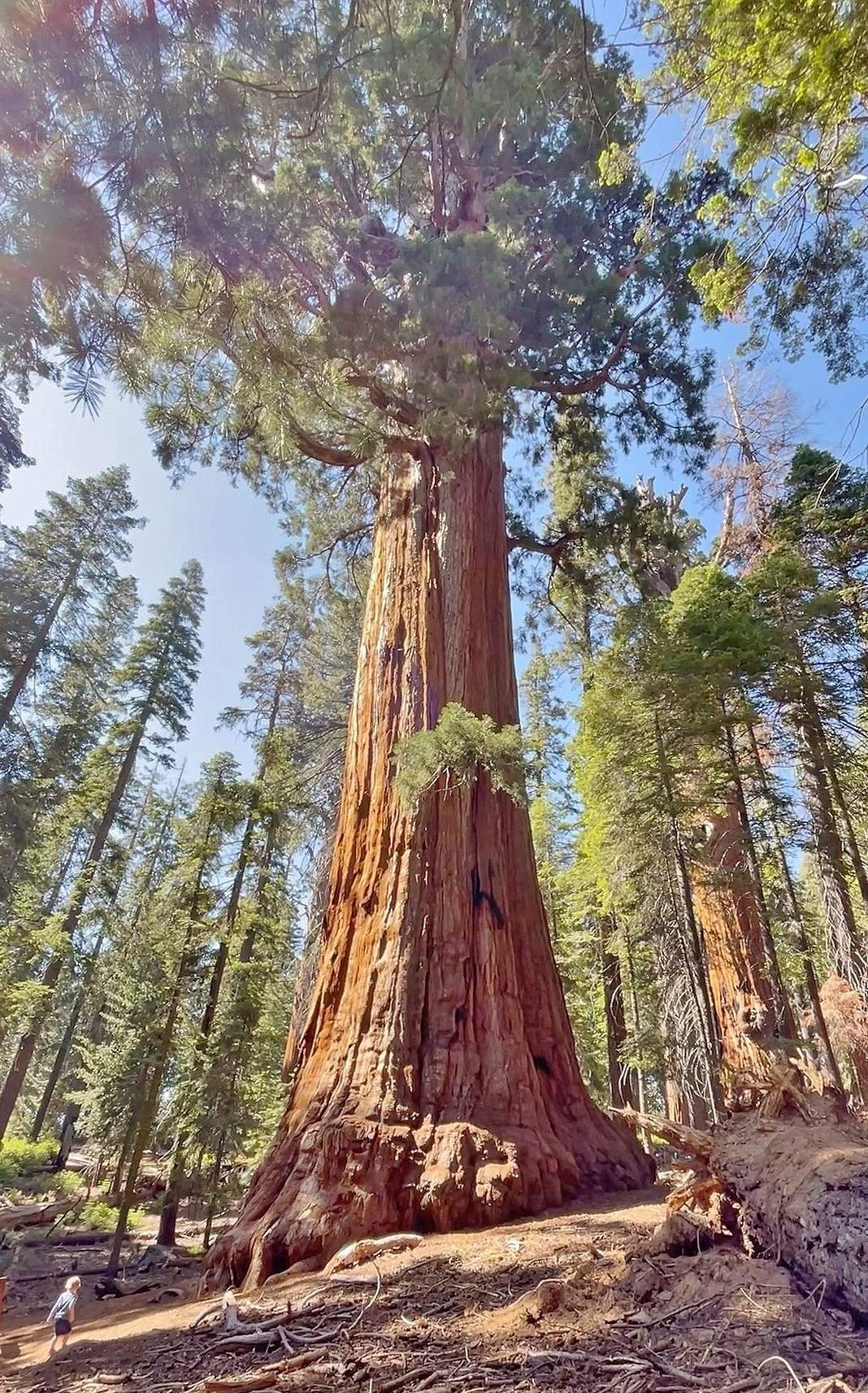Sequoia National Park offers a unique opportunity for eclipse viewing on April 8, 2024. While not in the path of totality, the park provides stunning natural backdrops for observing this celestial event. Visitors can expect partial eclipse views from various locations within the park, including the Giant Forest and Lodgepole areas. Park rangers may organize special programs and viewing stations to enhance the experience. Safety measures, such as using certified solar filters, are crucial for safe observation.
What Are the Key Details for Eclipse Viewing at Sequoia National Park?

The solar eclipse on April 8, 2024, will be visible from Sequoia National Park, albeit as a partial eclipse. Here are the essential details:
- Date: April 8, 2024
- Type of Eclipse: Partial solar eclipse (Sequoia National Park is not in the path of totality)
- Best Viewing Areas:
- Giant Forest
- Wolverton Parking Lot
- Lodgepole Visitor Center
While the exact times for the partial eclipse at Sequoia National Park are not specified, visitors should plan to be in position well before the expected start time. It’s recommended to check with the park’s official website or contact park rangers for precise timing as the date approaches.
Where Are the Best Spots for Eclipse Viewing in Sequoia National Park?

Sequoia National Park offers several prime locations for viewing the partial solar eclipse:
- Giant Forest Area
- Pros: Open spaces, clear views
-
Cons: May be crowded
-
Wolverton Parking Lot
- Pros: Often used for stargazing events
-
Cons: Limited amenities
-
Lodgepole Visitor Center
- Pros: Central location, potential for organized viewing events
- Cons: May have more light pollution than remote areas
When choosing your viewing spot, consider factors such as:
– Accessibility
– Crowd levels
– Proximity to facilities
– Clear views of the sky
It’s advisable to scout locations in advance if possible, or consult with park rangers for recommendations based on your specific needs.
What Safety Precautions Should Be Taken for Eclipse Viewing?
Safety is paramount when viewing a solar eclipse. Here are essential precautions:
- Eye Protection
- Use ISO 12312-2 certified solar filters or eclipse glasses
-
Never look directly at the sun without proper eye protection
-
Sun Viewing Equipment
- Ensure any telescopes or binoculars have proper solar filters
-
Use pinhole projectors as a safe alternative
-
General Safety
- Stay hydrated and bring plenty of water
- Wear sunscreen and protective clothing
-
Be aware of your surroundings, especially in crowded areas
-
Emergency Preparedness
- Know the location of first aid stations
- Keep emergency contact numbers handy
- Familiarize yourself with park evacuation procedures
Remember, even during a partial eclipse, the sun’s rays can cause severe eye damage. Never attempt to view the eclipse without proper equipment.
What Events Are Planned for Eclipse Day at Sequoia National Park?
While specific event details for Sequoia National Park are not available, based on typical national park eclipse events, visitors might expect:
- Ranger-Led Programs
- Educational talks about the eclipse
-
Guided viewing sessions
-
Viewing Stations
- Designated areas with solar telescopes
-
Pinhole projector demonstrations
-
Junior Ranger Activities
-
Special eclipse-themed programs for children
-
Photography Workshops
- Tips for safely capturing the eclipse
| Time | Potential Activity |
|---|---|
| Morning | Preparation and safety briefings |
| Midday | Main eclipse viewing period |
| Afternoon | Post-eclipse discussions and activities |
Actual schedules will be determined closer to the event date. Check the park’s official website or contact the visitor center for up-to-date information.
How Can Visitors Prepare for Eclipse Viewing at Sequoia National Park?
Proper preparation is key to a successful eclipse viewing experience:
- Plan Ahead
- Make reservations early for accommodations
-
Check park entrance fees and obtain necessary passes
-
Pack Essentials
- Eclipse glasses or solar viewers
- Water and snacks
- Comfortable clothing and shoes
-
Sun protection (hat, sunscreen)
-
Transportation
- Arrive early to secure parking
-
Consider using park shuttles if available
-
Technology
- Bring cameras with proper solar filters
-
Download eclipse apps for timing information
-
Stay Informed
- Follow Sequoia National Park’s social media for updates
- Attend pre-eclipse informational sessions if offered
By following these preparation tips, visitors can maximize their eclipse viewing experience while ensuring their safety and comfort.
What Makes Sequoia National Park Unique for Eclipse Viewing?
Sequoia National Park offers a distinctive setting for eclipse viewing:
- Natural Beauty
- Backdrop of giant sequoia trees
-
Diverse landscapes from forests to mountains
-
Dark Sky Quality
- Minimal light pollution in many areas
-
Excellent for overall celestial observation
-
Educational Opportunities
- Learn about astronomy and natural history
-
Engage with knowledgeable park rangers
-
Diverse Viewing Locations
- Choose from various elevations and environments
-
Options for both accessible and remote viewing spots
-
Wildlife Experience
- Possibility of observing animal behavior during the eclipse
- Unique intersection of astronomical and ecological events
While Sequoia National Park won’t experience totality, the partial eclipse combined with the park’s natural wonders creates a memorable experience.
What Should Visitors Know About Park Facilities During the Eclipse?
Understanding park facilities is crucial for a comfortable eclipse viewing experience:
- Visitor Centers
- May have extended hours on eclipse day
-
Provide last-minute information and safety gear
-
Restrooms
- Located at major viewing areas and visitor centers
-
Expect longer wait times due to increased visitation
-
Food and Water
- Limited food services available; bring your own supplies
-
Water refill stations at key locations
-
Parking
- Likely to be limited; arrive early
-
Follow park guidelines for designated eclipse parking areas
-
Medical Facilities
- First aid stations may be set up at main viewing areas
-
Know the location of the nearest medical help
-
Communication
- Cell service may be limited in parts of the park
- Wi-Fi available at some visitor centers
Plan to be self-sufficient as much as possible, as park resources may be stretched due to high visitation during the eclipse.
How Can Photographers Capture the Eclipse at Sequoia National Park?
Photographing the eclipse at Sequoia National Park requires special considerations:
- Equipment Needs
- Solar filters for camera lenses
- Sturdy tripod for stability
-
Remote shutter release to minimize camera shake
-
Camera Settings
- Manual mode for full control
- ISO 100-400 for clear images
- Aperture f/8 to f/16 for sharpness
-
Shutter speed varies; experiment with different exposures
-
Composition Tips
- Include landscape elements unique to Sequoia National Park
- Consider wide-angle shots to capture the environment
-
Try time-lapse sequences to show the eclipse progression
-
Safety First
- Never look through the camera viewfinder without a solar filter
-
Protect your equipment from prolonged sun exposure
-
Practice Beforehand
- Test your setup and settings prior to eclipse day
- Familiarize yourself with your equipment to avoid fumbling during the event
Remember to enjoy the experience firsthand as well, not just through the camera lens.
By following these guidelines, visitors to Sequoia National Park can safely and enjoyably experience the partial solar eclipse on April 8, 2024. While not in the path of totality, the park’s unique natural setting provides a spectacular backdrop for this celestial event.

